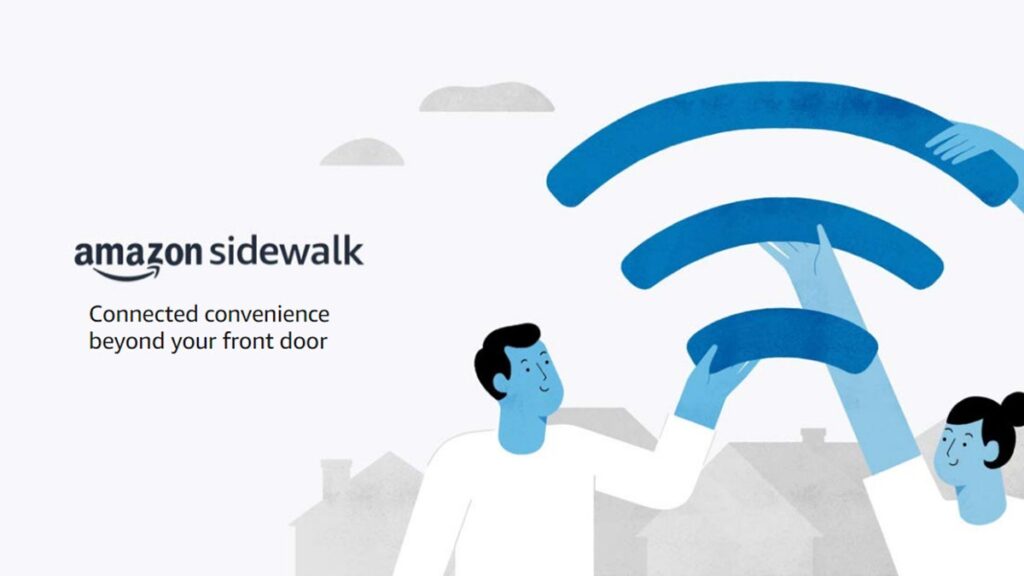How Amazon Sidewalk Works—and Why You May Want to Turn It Off
The premise is convenient. But the e-commerce giant’s privacy track record isn’t exactly inspiring….

If you have Amazon devices as part of your smart home, there’s a new service on the block you should be aware of—and as usual, there are both potential benefits and potential privacy implications to think about as you consider whether you want to be a part of it.
The technology in question is Amazon Sidewalk, which Amazon itself bills as “a new way to stay connected.” Simply put, it uses Amazon smart-home gear to create a series of mini mesh networks, meaning your devices can stay connected further away from your router, and even stay online when your Wi-Fi goes down.
This is made possible through Bluetooth and unused slices of the wireless spectrum, with Ring cameras and Echo speakers acting as the main bridges (actually called Sidewalk Bridges) to keep everything hooked up. For something to work with the network, it’s going to need to be compatible with the Sidewalk standard.
Even if your Ring camera is down at the end of the garden, out of reach of your main router, Sidewalk might be able to reach it through a device that’s closer. The network can’t carry much data at once, but these smart home gadgets don’t necessarily need much bandwidth to stay online.
The potential range of the network is decent—up to half a mile depending on the setup—and Sidewalk is free for Amazon customers to use once they’ve bought the hardware. As an added bonus, it’ll speed up the process of adding new Amazon devices to your smart home, as your existing hardware will be able to lend a hand with Wi-Fi connections and so on.
Amazon Sidewalk has started rolling out in the US.
Courtesy of AmazonSo far so tempting, but the more controversial part of Amazon Sidewalk is the way it shares some of your internet bandwidth with your neighbors (and gets some back in return), creating a much wider network of devices that can operate independently. If your internet goes down, your Ring camera can connect to the internet next door to keep sending you alerts, assuming both of you are set up with Sidewalk.
Likewise, if your neighbor’s internet goes down, their smart devices can temporarily connect to your router and the Sidewalk network you’ve created. If Amazon has its way, entire blocks will become Sidewalk networks, improving reliability and stability for all the smart devices contained inside them.
Tile trackers are also Sidewalk compatible, which means that they can report their location when they’re in range of any of these bespoke networks, not just your own—potentially very useful if your dog or your laptop goes missing outside of your own Wi-Fi network, but has a Tile tracker attached and can be located by one of the Sidewalk networks you’re connected to.





